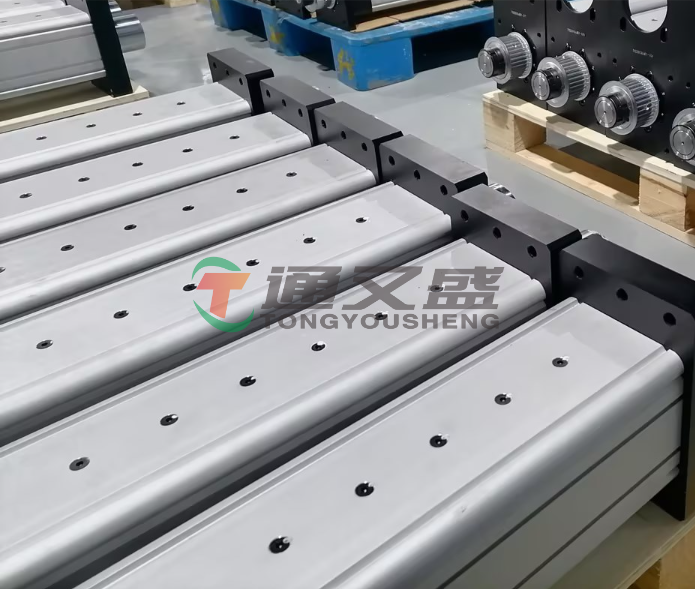Servo electric cylinders, as high-precision and efficient driving components, play a significant role in automation production, precision machining, robotics, and other fields.
Their precise motion control is the key to achieving efficient and stable mechanical operations. The control system of a servo electric cylinder adjusts the motor’s output to achieve accurate control over position, speed, and force.
A servo electric cylinder consists of a servo motor, feedback devices (such as encoders or resolvers), a transmission system (such as ball screws or gear systems), and a controller.
The servo motor provides power, the feedback device continuously monitors the cylinder's position, speed, and force, and the transmission system converts the motor's rotational motion into linear motion. The controller adjusts the servo motor's driving signal based on feedback information, ensuring precise motion control.

The control of servo electric cylinders is based on a closed-loop feedback control system. The working principle can be divided into several basic steps:
Set Target Parameters: Initially, the user sets target parameters such as position, speed, or force. The control system receives these target values either through programming or manual input.
Compare Actual and Target: The control system compares the actual values (such as position, speed, or force) of the electric cylinder, monitored by the feedback device (like an encoder), with the target values.
Error Calculation and Adjustment: The system calculates the error (the difference between the actual and target values) and generates an adjustment signal using algorithms (such as PID control). This signal is then sent to the servo motor to correct the cylinder’s motion trajectory.
Dynamic Adjustment: The servo motor adjusts its speed and torque based on the adjustment signal, dynamically modifying the cylinder’s movement until the actual value matches the target value.
This process allows the servo electric cylinder to achieve high-precision, high-response control, ensuring stable operation under various complex conditions.